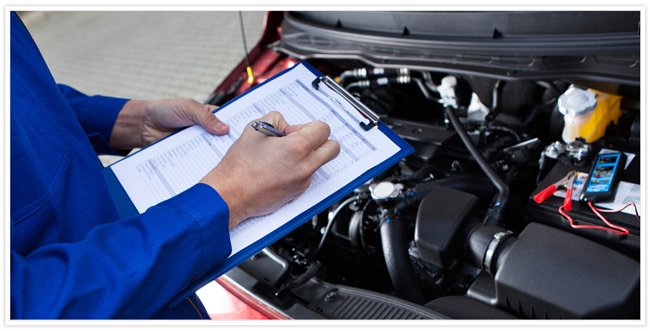When considering cars for sale, it’s essential to understand the significance of preventative car maintenance. This article delves into the importance of proactive maintenance practices, highlighting key areas that require regular attention to keep vehicles running smoothly and efficiently to get cars for sale.
- Introduction
A. Importance of Preventative Car Maintenance
Preventative car maintenance is vital for preserving the performance, reliability, and longevity of vehicles, minimizing the risk of breakdowns, accidents, and costly repairs over time.
B. Benefits of Regular Maintenance
Regular maintenance helps identify and address potential issues before they escalate into major problems, saving time, money, and inconvenience in the long run.
C. Overview of Key Maintenance Areas
Key maintenance areas include engine maintenance, fluid maintenance, tire maintenance, and other essential components that require regular inspection, servicing, and attention.
II. Engine Maintenance
A. Regular Oil Changes
1. Importance of Engine Oil
Engine oil lubricates engine components, reduces friction, and helps dissipate heat, ensuring smooth operation and longevity of the engine.
2. Frequency of Oil Changes
Regular oil changes are essential to prevent engine wear, contamination, and damage, with intervals typically recommended every 5,000 to 7,500 miles or as specified by the vehicle manufacturer.
3. Signs of Oil Degradation
Signs of oil degradation include dark or gritty oil, low oil level, engine noise, and reduced performance, indicating the need for immediate oil change to prevent engine damage.
B. Air Filter Replacement
1. Role of Air Filters
Air filters prevent contaminants, dirt, and debris from entering the engine, ensuring clean air intake and optimal engine performance.
2. Signs of Clogged Air Filters
Signs of clogged air filters include reduced engine power, poor fuel efficiency, engine misfires, and unusual engine sounds, necessitating air filter replacement to maintain engine efficiency.
3. Importance of Air Filter Replacement
Regular air filter replacement is crucial to prevent engine damage, reduce fuel consumption, and ensure proper airflow and combustion within the engine.
C. Spark Plug Inspection and Replacement
1. Function of Spark Plugs
Spark plugs ignite the air-fuel mixture in the engine cylinders, providing the necessary spark for combustion and engine operation.
2. Signs of Faulty Spark Plugs
Signs of faulty spark plugs include engine misfires, rough idling, poor acceleration, and reduced fuel efficiency, indicating the need for spark plug inspection and replacement.
3. Importance of Timely Replacement
Timely replacement of spark plugs is essential to maintain engine performance, fuel efficiency, and emissions compliance, preventing engine misfires, rough running, and potential damage to the engine.
III. Fluid Maintenance
A. Coolant System Flush
1. Purpose of Coolant
Coolant regulates engine temperature, prevents overheating, and protects engine components from corrosion and freeze damage.
2. Signs of Cooling System Issues
Signs of cooling system issues include overheating, coolant leaks, low coolant level, and engine temperature fluctuations, indicating the need for coolant system flush and refill.
3. Importance of Flush and Refill
Regular coolant system flush and refill are essential to maintain engine temperature, prevent overheating, and prolong the lifespan of cooling system components.
B. Transmission Fluid Check and Change
1. Role of Transmission Fluid
Transmission fluid lubricates and cools transmission components, ensuring smooth gear shifts, reduced friction, and extended transmission lifespan.
2. Signs of Transmission Fluid Problems
Signs of transmission fluid problems include transmission slipping, harsh shifting, fluid leaks, and unusual noises, indicating the need for transmission fluid check and change.
3. Importance of Regular Changes
Regular transmission fluid changes are essential to prevent transmission damage, ensure smooth gear shifts, and maintain transmission performance and longevity.
C. Brake Fluid Inspection and Replacement
1. Function of Brake Fluid
Brake fluid transmits hydraulic pressure to the brake components, ensuring responsive braking, pedal feel, and vehicle stopping power.
2. Signs of Brake Fluid Contamination
Signs of brake fluid contamination include spongy brake pedal, reduced braking performance, fluid leaks, and discolored fluid, indicating the need for brake fluid inspection and replacement.
3. Importance of Brake Fluid Maintenance
Regular brake fluid maintenance is crucial to ensure safe braking, prevent brake system failure, and maintain optimal braking performance and vehicle safety.

